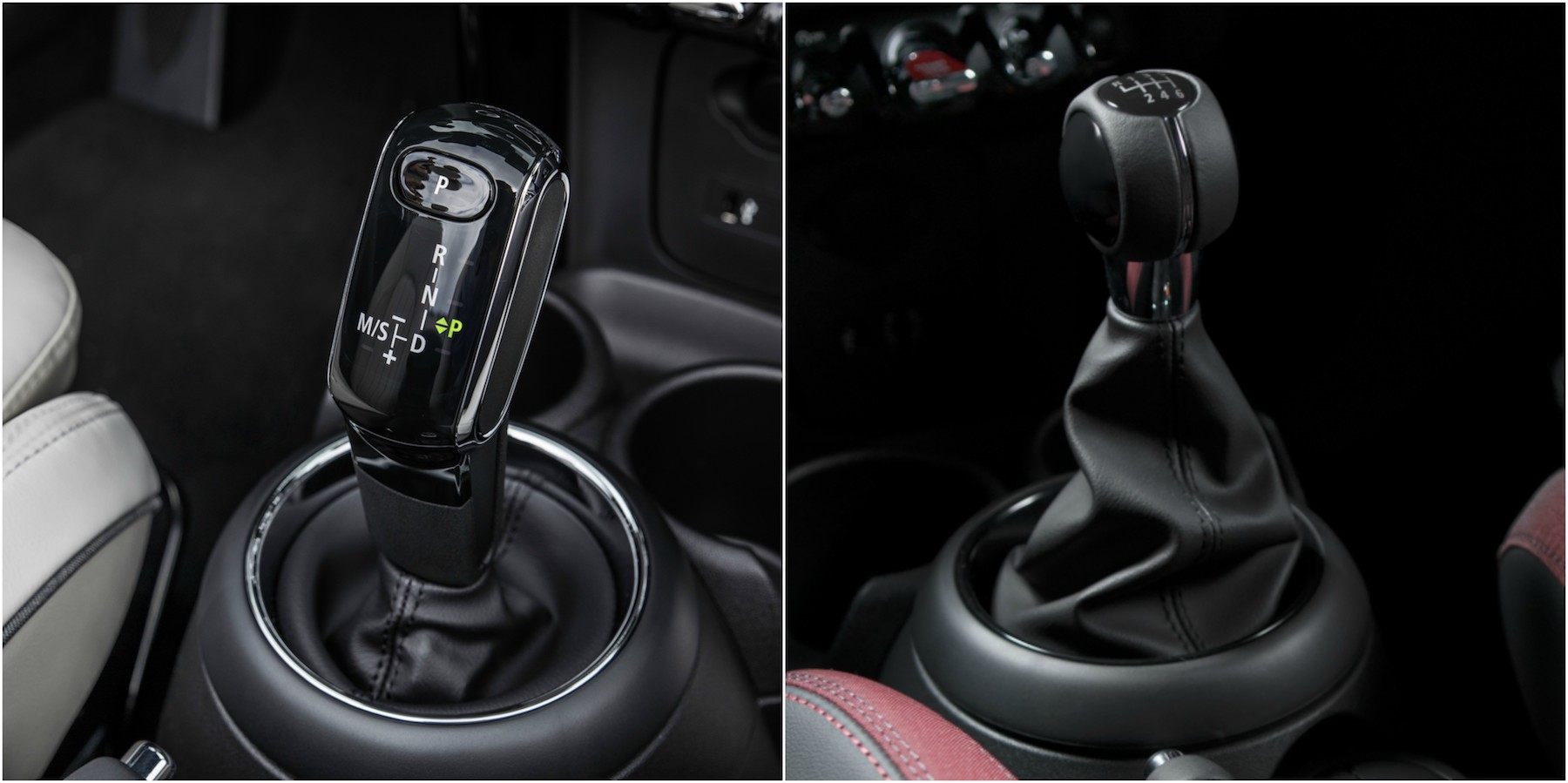When you’re buying a car, you have lots of choices to make – colour, trim level, optional equipment, engine… But on many models, you’re also given a choice of gearbox.
For motorists in the UK, manuals have long been the default option, but automatics are ten a penny in other markets such as America. Though early autos were colloquially known as ‘slushboxes’ and tended to dent performance, fuel economy and driving pleasure, times have moved on, and the modern automatic can, in some cases, be a better choice than the manual gearbox.
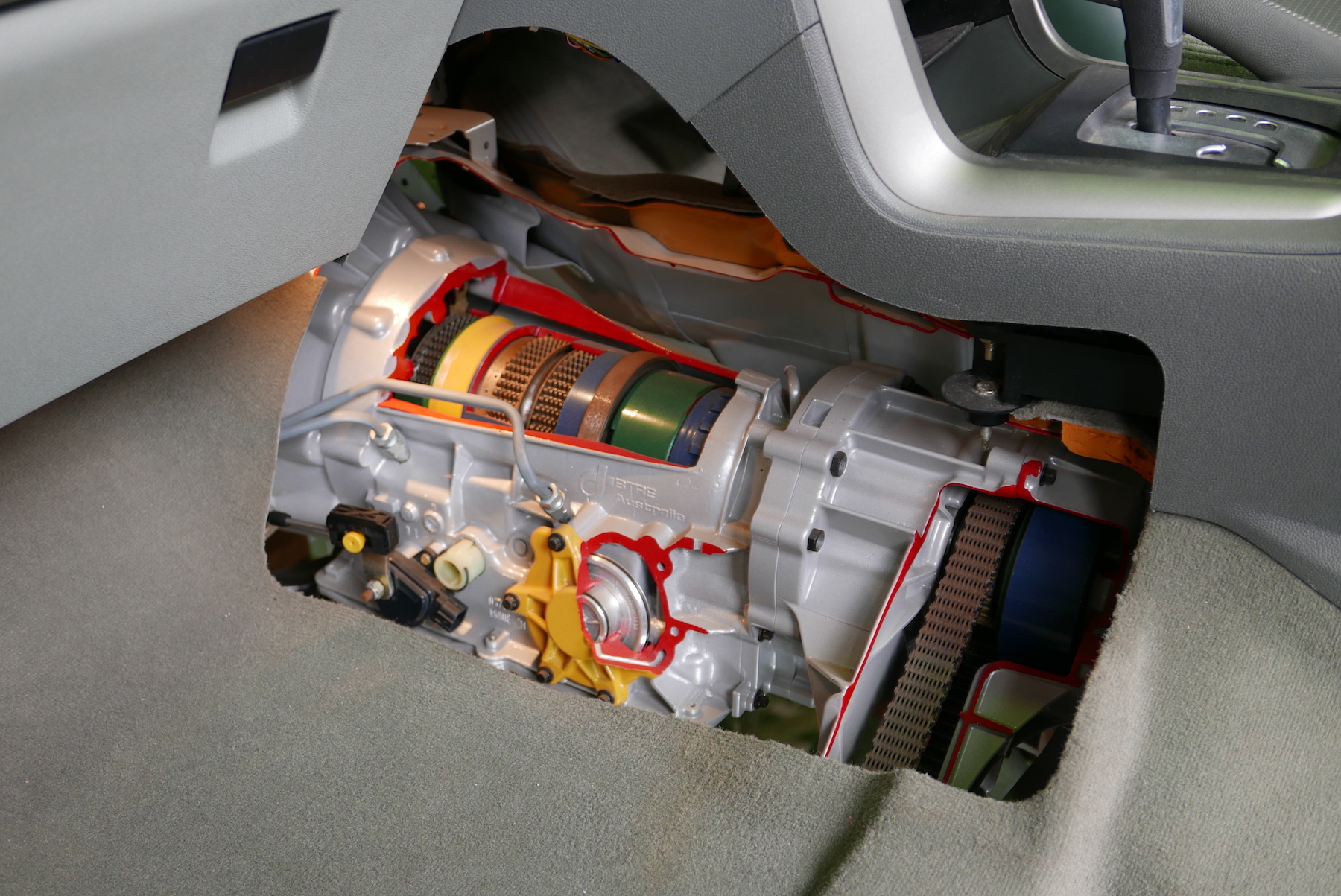
That’s right, gone are the days when automatics were the preserve of lazy luxury saloon drivers and blue-rinsers in Nissan Micras. Automatics abound across all market segments these days, and opting for one says no more about your driving style than choosing blue paint over red.
Fans of performance automatics will brag all day about how their car can actually beat the manuals off the line, while the cash-conscious may enjoy lower CO2 emissions and higher fuel economy. There’s no denying that a good automatic transmission makes for a relaxing drive, either – giving your left leg a rest and letting the car do the work takes the sting out of a busy city commute.
It’s not all rosy, though. There are still some truly awful automatic gearboxes out there – so always take a car for an extensive test drive, rather than simply trusting that the transmission is good. Automatics tend to be more expensive to buy, and much more expensive to repair if they go wrong.
But not every automatic is created equal. Here’s our guide to the different types of automatic gearbox available on today’s market…
Torque converter/traditional auto
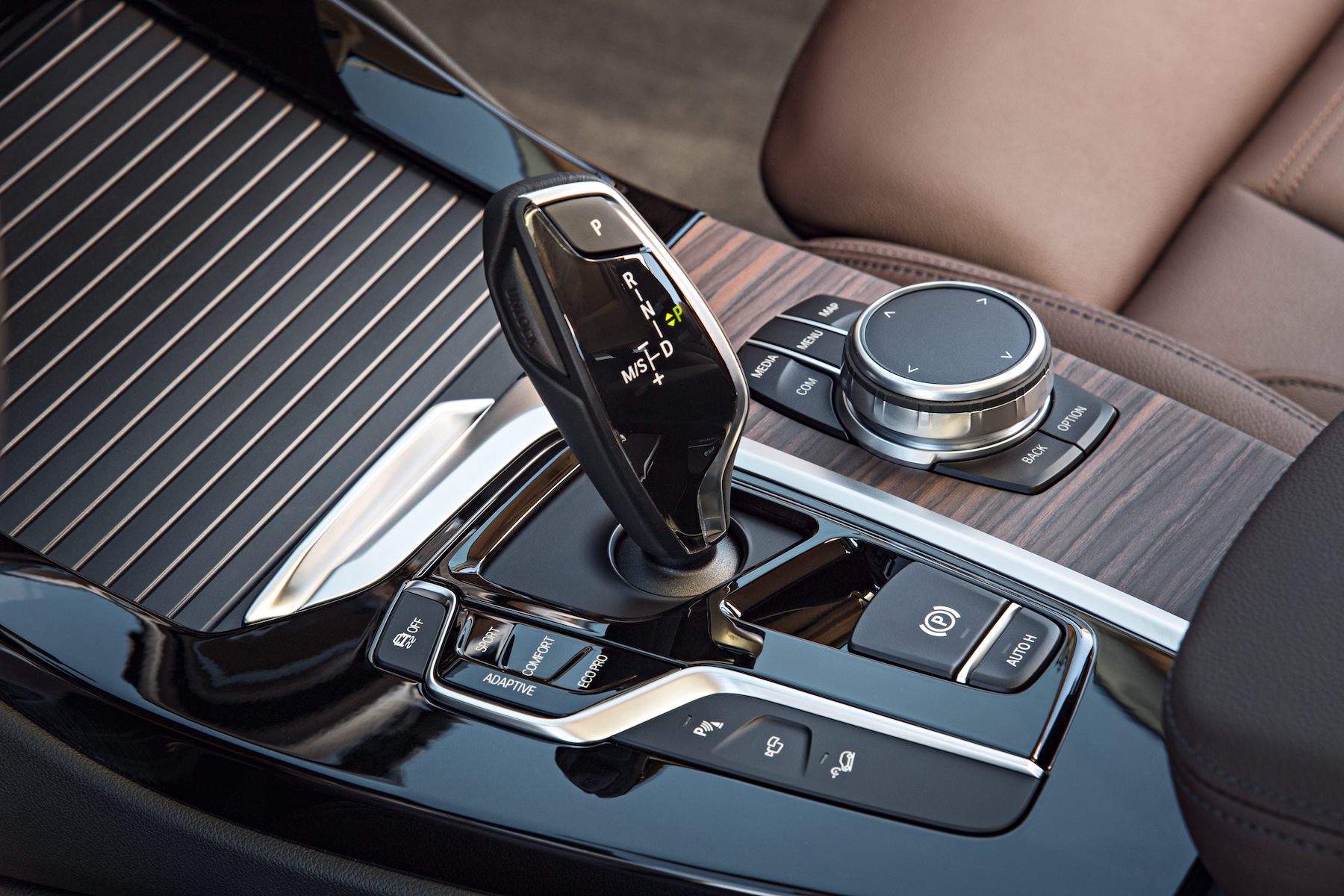
The torque converter is where it all began. Popularised by General Motors on 1940s Oldsmobiles and Cadillacs, these automatics use a fluid-filled coupling in place of a traditional clutch, and have remained broadly the same since then – albeit endlessly refined and improved.
Early automatics tended to lose a lot of energy through the fluid coupling, and often only offered three or four speeds. That led to a lack of performance and a severe drop in fuel economy.
Torque converter automatics tend to offer very smooth shifts, making for a comfortable ride well suited to premium cars. They can be slow to pick up when you want to get a move on, though.
However, the reputation of the torque converter automatic is changing, and modern units – such as the ZF ‘box fitted to dozens of high performance cars – offer no discernible penalty to performance or economy.
Dual-clutch gearbox
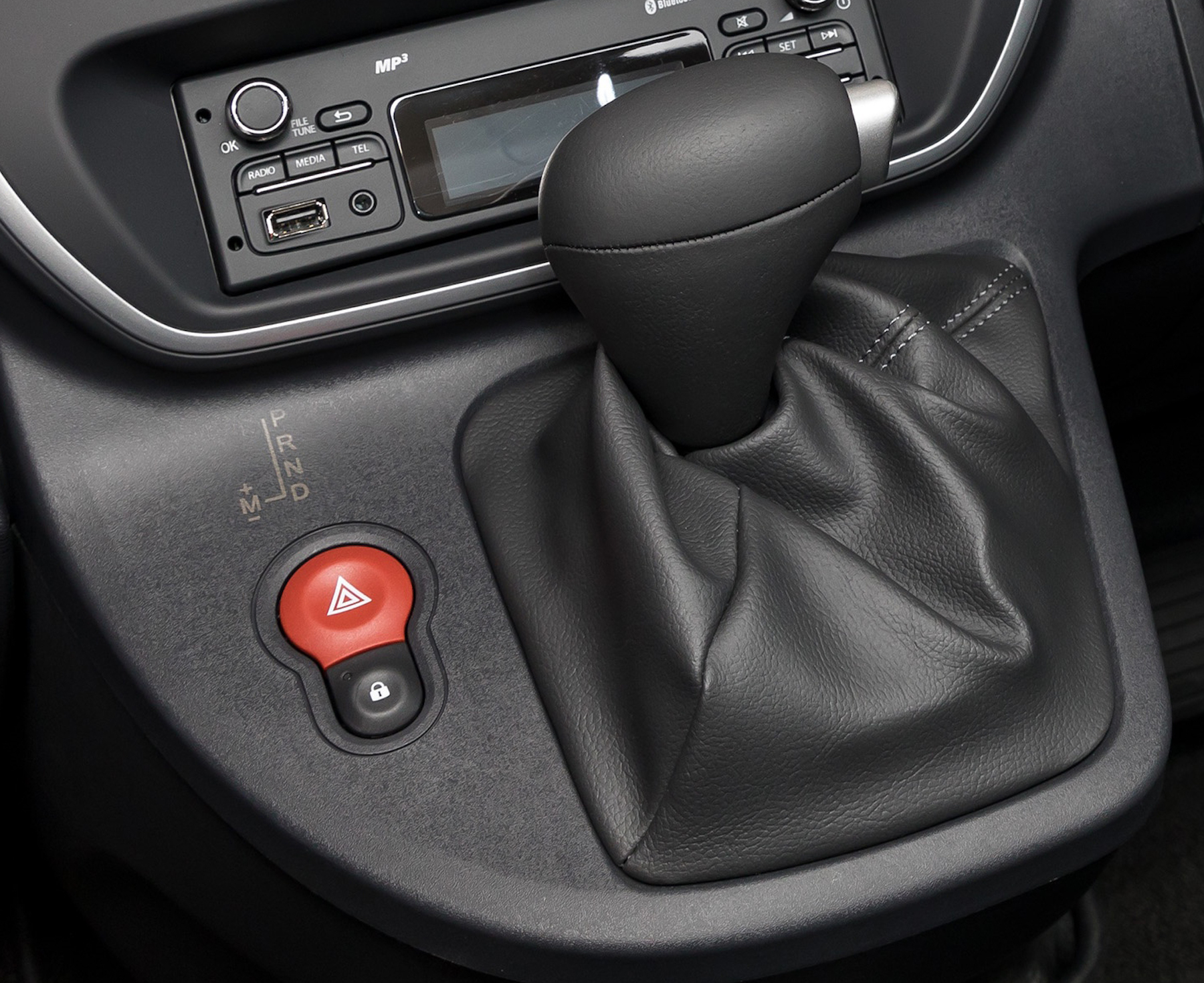
The dual-clutch gearbox ditches the fluid coupling of the torque converter for – you guessed it – a pair of robotised clutches. Usually, one handles odd-numbered gears while the other handles even. The two clutches work together to provide lightning-fast shifts, making them ideal for sports cars.
There’s no real penalty in performance or economy when opting for a dual-clutch – some can even better their manual counterparts on that front. But when travelling at low speeds in stop-start traffic around town, dual-clutch boxes can be jerky and unpleasant to use – and early units have a poor reputation for reliability, and can cost a lot to repair.
The dual-clutch ‘box is given many names by different manufacturers. Volkswagen and its sister brands go for DSG, Porsche for PDK, Renault goes for EDC, Hyundai and Kia for DCT… However, they all work in fundamentally the same way.
CVT
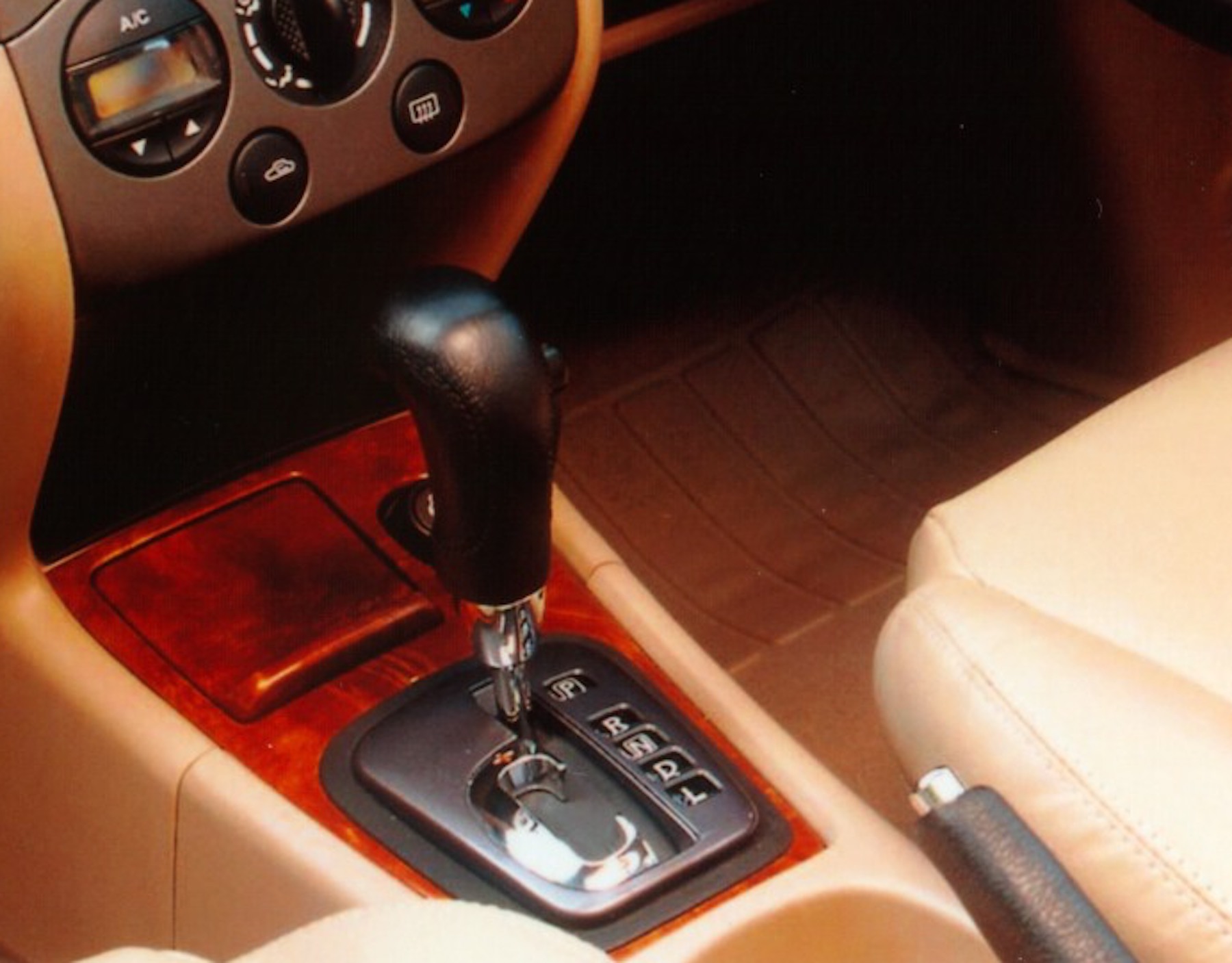
Standing for ‘continuously variable transmission’, CVTs do not have ‘gears’ in the same way as other transmissions do. Instead, an infinitely changeable single ratio theoretically ensures that the car is always correctly geared for maximum power or economy, depending on conditions.
Pioneered by DAF in the 1950s, and later refined by Volvo, the CVT ‘box can be incredibly economical when driven carefully. They tend to be avoided by keen drivers, though, as they can provide a somewhat disconnected feel to the car – and any attempt at rapid progress is usually met by spiralling engine revs and a whole lot of noise. Their smoothness and variable nature makes them ideally suited for use in a hybrid car, though.
Automated manual transmission
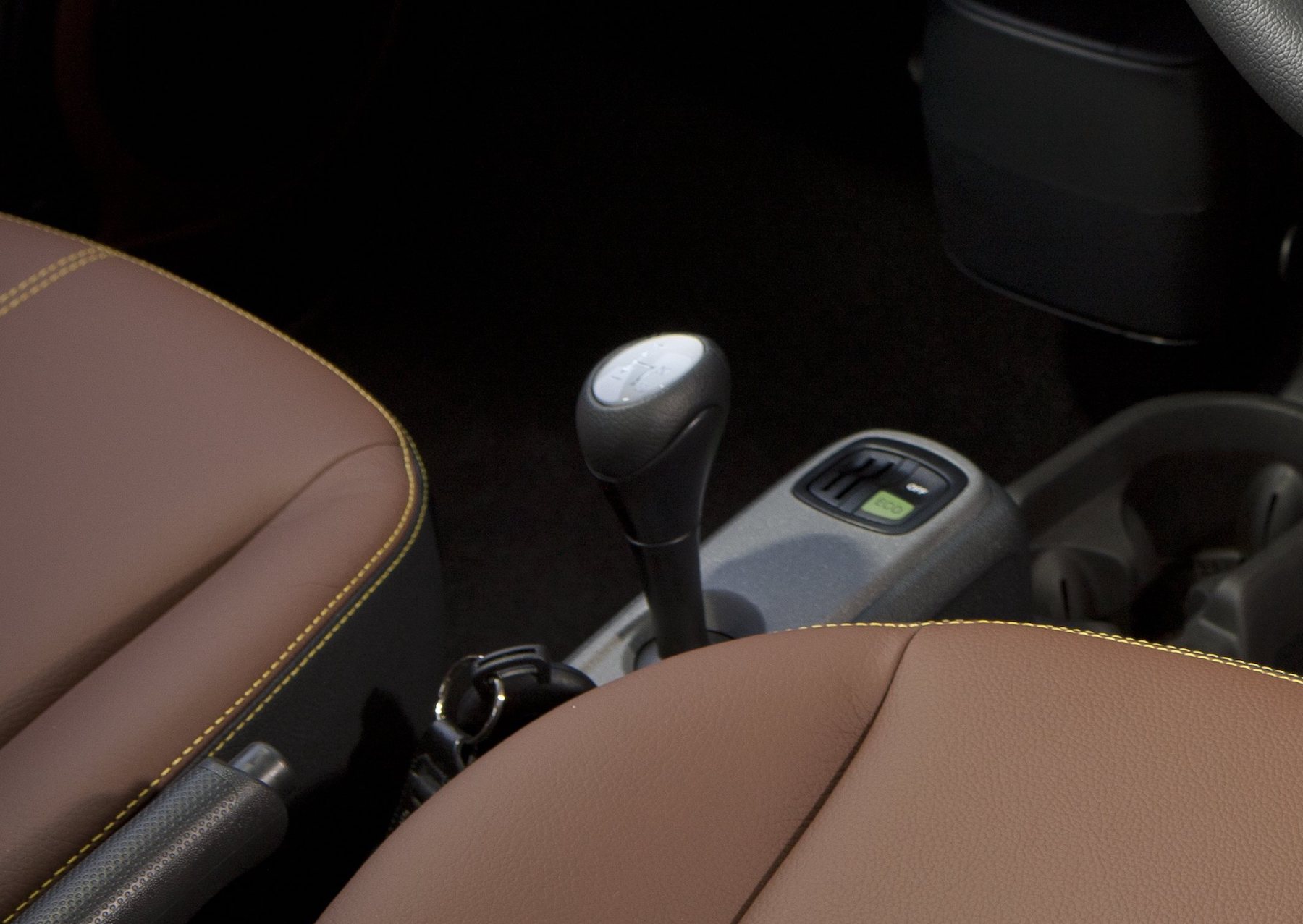
Look at the bottom end of the market and chances are you’ll find a few automated manual transmissions. These ‘boxes leave existing clutch and gearbox operations in place, but simply robotise the action making for cheap and easy installation as well as being light weight.
Automated manuals are perhaps the most despised transmission around though, and can be horrifically jerky around town, as well as dawdling under hard acceleration. In fact, automated manual transmissions are guilty of ruining a fair few cars – so steer clear unless you know what you’re in for.
Electric vehicle

Electric cars don’t technically have a transmission, but if you’re considering an automatic car you should take a good look at electric vehicles. They act almost identically in most conditions, with two pedals and no gears to shift, but have the added bonus of a totally smooth and silent powertrain and zero tailpipe emissions.
EV’s aren’t ideal for everyone, of course – you’ll need somewhere to charge, and if you regularly do longer trips you’ll definitely need some form of combustion engine. However, if your circumstances suit, you too could be a convert to the electric lifestyle.

